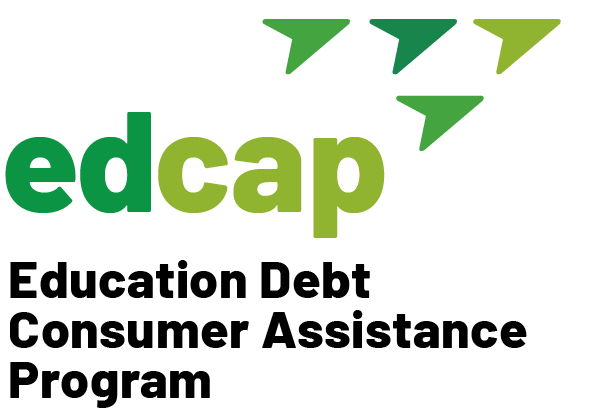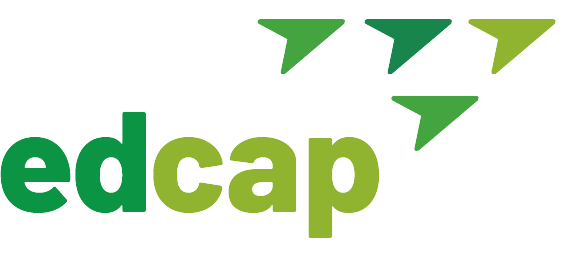Income-Driven Repayment (IDR) plans are designed to make student loan payments more affordable by adjusting your monthly payments based on your income and family size. All IDR plans offer forgiveness on your remaining loan balance after making 20 to 25 years of qualifying payments, depending on the specific plan.
Types of IDR Plans and Forgiveness Timelines
| IDR Plan Name | Repayment Years Until Forgiveness |
|---|---|
| Saving on a Valuable Education (SAVE) | 10+ for original loan balances of <$12k* 20 for undergrad loans 25 for grad/professional loans. |
| Pay As You Earn Repayment Plan (PAYE) | 20 |
| Income-Based Repayment Plan (IBR) | 20 for loans disbursed after July 1, 2014 Otherwise 25 |
| Income-Contingent Repayment Plan (ICR) | 25 |
ALERT: Please be advised that the SAVE IDR plan is temporarily blocked by a court order. Learn more.
Steps to Achieve Income Driven Repayment Forgiveness
1. Assess Whether IDRF Makes Sense
IDR Forgiveness can take 20-25 years of payments for most borrowers. While you can enroll in an Income Driven Repayment plan at any time, you should know if your goal is to achieve eventual forgiveness. If you expect to pay your loans in less than 20 years, then IDR Forgiveness may not be the strategy for you. For more information on what strategy may be best for you, click here.
2. Ensure Your Loans Qualify for IDR Plans:
- Federal Loans Only:
- For SAVE, PAYE, IBR for New Borrowers and ICR, you must have Direct Loans.
- For IBR, you must have Direct or FFEL Loans.
- Borrowers with other types of loans such as Perkins or HEAL can consolidate into a Direct Consolidation Loan to gain access to IDR plans.
- Borrowers with FFEL Loans can consolidate into a Direct Consolidation Loan to gain access to cheaper plans than IBR.
- Income Verification: Be prepared to have your income verified annually. This is typically done electronically via an IRS Retrieval Tool and based on your previous year’s tax filings–Line 11 (Adjusted Gross Income) of your 1040. If have not filed taxes in the last two years or your income has significantly changed, you can provide updated proof of income, like paystubs.
2. Choose the Right IDR Plan
Select the plan that best fits your financial situation:
- SAVE is going to be the least expensive plan for most borrowers. Anyone with Direct Loans (except Parent Plus borrowers) is eligible. There is no income restriction.
- IBR for New Borrowers and PAYE will often be the next most affordable plans after SAVE. You must have Direct Loans to be eligible. Both plans have an income restriction and they both have loan disbursement date requirements. PAYE will not be available to borrowers who are not already enrolled starting July 1, 2024.
- IBR is generally 50% more expensive than PAYE or IBR for New Borrowers. It is available to Direct Loan holders with any loans disbursed prior to July 1,2014 and is the only IDR plan available to FFEL borrowers. This plan also has an income restriction.
- ICR is an option if you have Parent PLUS Loans (once consolidated). There is no income restriction. This plan will not be offered to non Parent-Plus borrowers who are not already enrolled starting July 1, 2024.
- Refer to our Repayment Strategies & Plans page to explore your options or use our self-guided tool to determine your strategy and associated plan.
3. Apply for an IDR Plan
Apply online via the Federal Student Aid Website. You will need to:
- Complete the Income-Driven Repayment Plan Request form.
- Provide proof of income (tax returns, pay stubs, etc.). This can be done by linking to the IRS database or submitting copies of tax returns, pay stubs, etc.
- Update your income and family size annually.
Know that you don’t need your servicer to apply for an IDR plan.
4. Make Consistent Payments
You only earn credit toward forgiveness by making on-time, monthly payments based on the required minimum payment amount listed in your billing statement provided by your loan servicer. Ensure you make timely payments:
- Enroll in automatic payments to avoid missing due dates.
- Create a budget to manage your finances and ensure you can meet your payment obligations.
5. Recertify Annually
Annual income recertification is required for IDR Plans. You can do this automatically by providing your consent to Federal Student Aid via your studentaid.gov account settings or when you apply for an IDR Plan. This will allow Federal Student Aid to access your federal tax information. Your income-driven repayment (IDR) plan will then be recertified automatically on your loan’s annual recertification date, assuming that you file your taxes annually and on-time.
If you opt to do this manually, set reminders to complete this process on time based on your payment plan recertification date to avoid payment increases or being placed on the standard repayment plan.
Know that if your income ever drops or if you become unemployed, you can recertify your income on the spot via studentaid.gov and qualify for lower monthly payments, potentially as low as $0, depending on your situation.
6. Track your Progress and Achieve Forgiveness
After making the required number of qualifying payments, your remaining loan balance will automatically be forgiven. Be sure to track your progress and qualifying payments via your studentaid.gov and loan servicer accounts (tracker should be available on studenaid.gov later in 2024). Reach out to your loan servicer if you notice any discrepancies.
Additional Tips for Success
- Communicate with Your Servicer: Maintain regular contact with your loan servicer to stay updated on your loan status and any necessary actions.
- Seek Financial Counseling: If you’re unsure about the best repayment plan or have other concerns along your path to forgiveness, schedule a free session with a student loan expert at EDCAP.
- Consider Public Service Loan Forgiveness (PSLF): If you work in a qualifying public service job, you may be eligible for PSLF, which forgives remaining loan balances after 120 qualifying payments under an IDR plan.
Conclusion
Achieving income-driven repayment forgiveness requires careful planning, consistent payments, and diligent management of your student loan account. By understanding your options and following these steps, you can navigate the process more confidently and work towards financial freedom. Remember, help is available, and with the right approach you can manage your student loans effectively.








